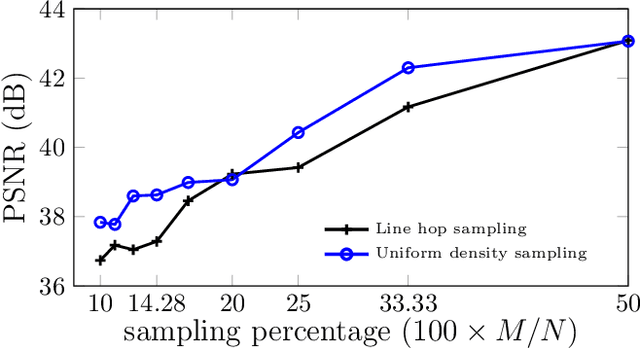Angus Kirkland
Compressive Scanning Transmission Electron Microscopy
Dec 22, 2021


Abstract:Scanning Transmission Electron Microscopy (STEM) offers high-resolution images that are used to quantify the nanoscale atomic structure and composition of materials and biological specimens. In many cases, however, the resolution is limited by the electron beam damage, since in traditional STEM, a focused electron beam scans every location of the sample in a raster fashion. In this paper, we propose a scanning method based on the theory of Compressive Sensing (CS) and subsampling the electron probe locations using a line hop sampling scheme that significantly reduces the electron beam damage. We experimentally validate the feasibility of the proposed method by acquiring real CS-STEM data, and recovering images using a Bayesian dictionary learning approach. We support the proposed method by applying a series of masks to fully-sampled STEM data to simulate the expectation of real CS-STEM. Finally, we perform the real data experimental series using a constrained-dose budget to limit the impact of electron dose upon the results, by ensuring that the total electron count remains constant for each image.
 Add to Chrome
Add to Chrome Add to Firefox
Add to Firefox Add to Edge
Add to Edge